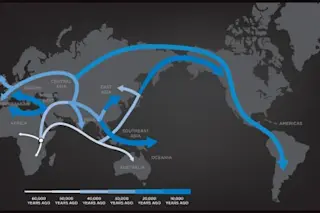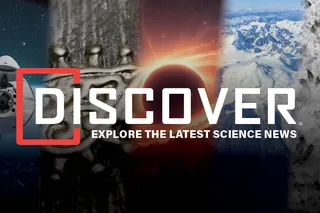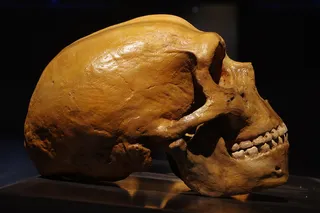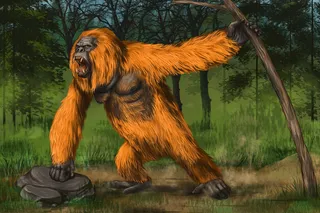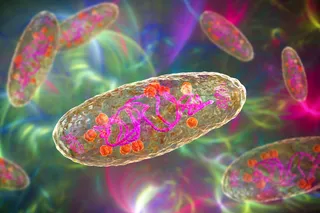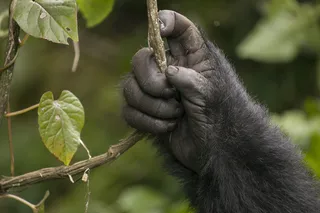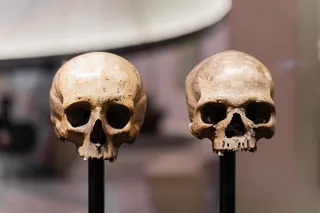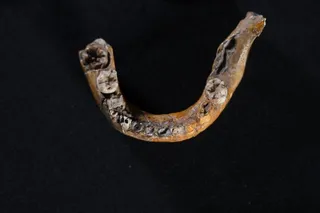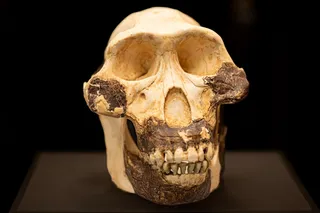Have you ever tried tracing back your family tree only to get stuck at great great Grandpa Jim? Are you curious about who your ancestors were and where they might have come from? If so, you’ll definitely want to check out National Geographic’s The Genographic Project. Not only will you learn about your lineage but you’ll have the opportunity to contribute to our scientific understanding of the human story.
“The Genographic Project is one of the first projects to use genetics to trace human migration patterns,” says Miguel Vilar, a molecular anthropologist and Genographic’s Science Manager. Molecular anthropology, or anthropological genetics, uses modern DNA to understand the history and evolution of the human species. While most of our DNA is a combination of our paternal and maternal DNA, there are certain pieces of DNA that remain unchanged from generation to generation. Sometimes, a mutation occurs in these DNA segments and ...


